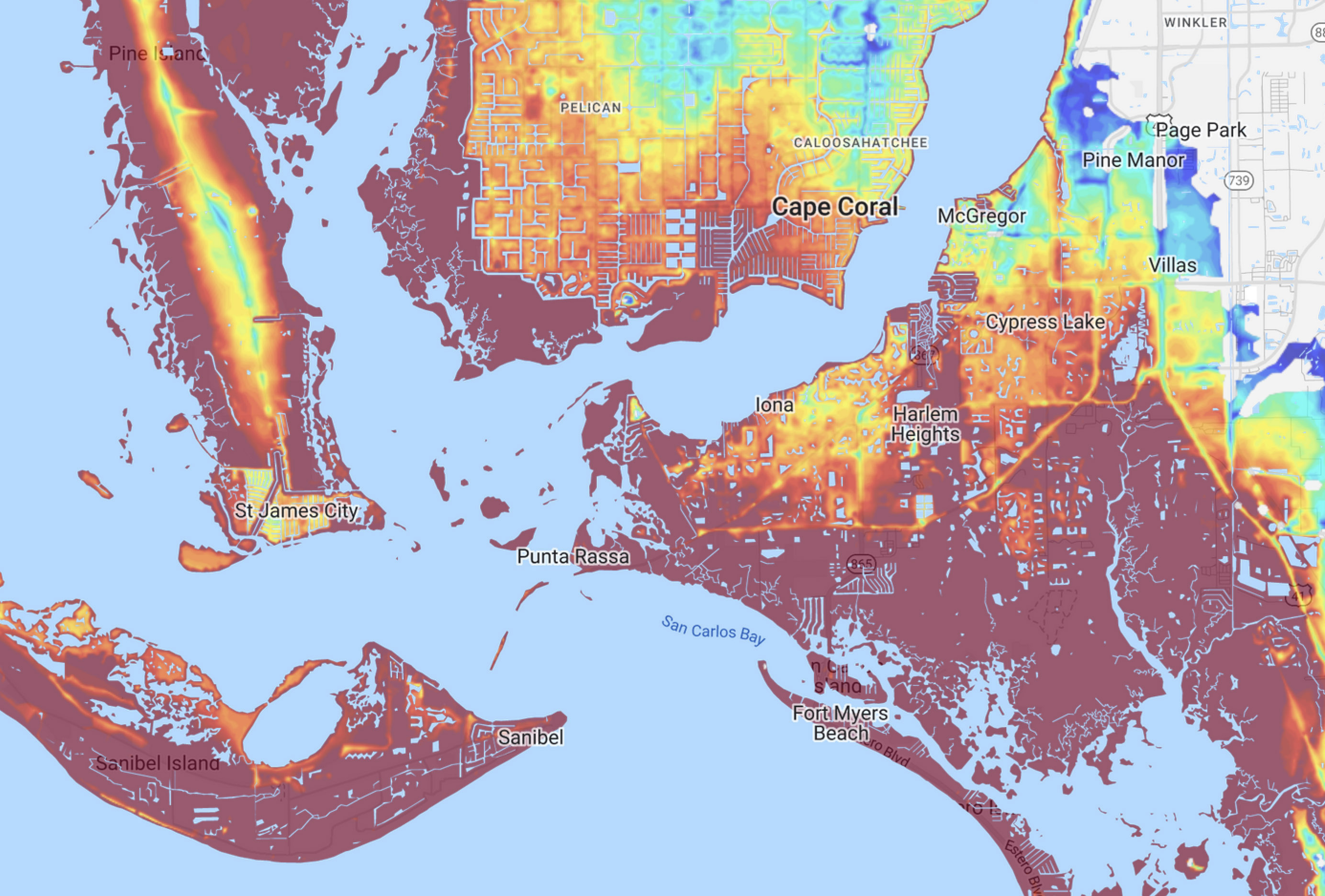LSU, State Meet Growing Demand for Storm Surge and Flood Predictions
March 07, 2023
Protecting People and Assets
With funding from the Louisiana Legislature, LSU is increasing the capacity of one of its most in-demand tools to protect coastal communities from flooding and storm surge while adding operational relevance to the science that supports it.
Before Hurricane Ian made landfall in southwest Florida last September as the deadliest hurricane to strike the state since 1935, emergency managers across the nation turned to LSU. On a single day, LSU’s Coastal Emergency Risk Assessment, or CERA, website, which maps storm surge and flood predictions, received three million internet requests as people tried to decide what to do and how to prepare. The demand got so high that it pushed CERA’s network connection to the limit.
“It’s a good problem to have, in a way, to have become such an essential resource that you’re pushed to the max,” said Carola Kaiser, CERA team leader at the LSU Center for Computation & Technology. “But it also became clear that we have to rise to the challenge of the growing demands on our systems since we always have to be able to provide first responders and decision-makers in Louisiana with the critical information they’ve come to rely on.”
Leveraged by the state’s recent $450K investment in LSU tools to protect communities, the LSU Center for Computation & Technology has made significant capacity upgrades to support the increased demands and ensure continuous and sustainable operations. LSU has also become more competitive for federal grants related to computational modeling of floods and severe storms, including a new $1.4 million award from NASA.

LSU’s work to protect communities from flooding and storm surge reaches emergency managers and first responders nationwide. LSU’s Coastal Emergency Risk Assessment, or CERA, website, which maps storm surge and flood predictions, received three million internet requests as people tried to decide what to do and how to prepare for Hurricane Ian last fall.
– LSU
“LSU’s CERA is an extremely valuable tool in assisting emergency managers in making critical decisions for emergencies due to hurricanes and tropical storms. CERA’s information, sent to us by CPRA, provides us with surge modeling at several key locations along Louisiana’s coast. In the past few years, we have verified CERA’s projections against the actual surge data at the Houma Navigation Canal “Bubba Dove” Floodgate. We have found that LSU’s CERA modeling, along with input from CPRA staff, is absolutely the most accurate and reliable information available to us.”
Reggie Dupre, executive director of the Terrebonne Levee & Conservation District


